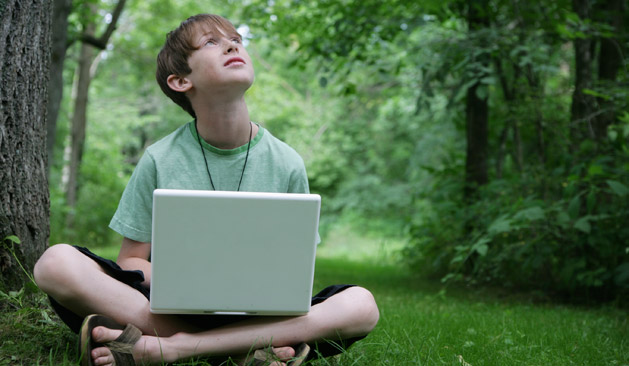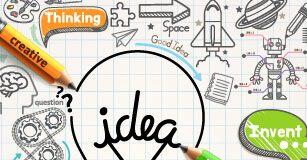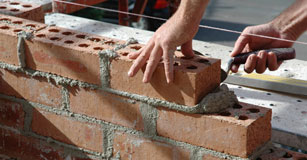Develop 21st Century Learning Environments
Change ideas of time and space for learning

Our traditional notion of learning environments has centered mainly on places and spaces. It’s natural to associate the quality of our learning with the quality of our learning environments, but a fancy building with big LCD monitors and gigabit Ethernet may not be a 21st century school at all. In fact, an effective learning environment doesn’t have to be a particular place or space. Effective learning environments do not limit themselves to time or space, but comprise a variety of support systems that take into consideration the ways in which we learn best as well as the unique learning needs of each student.
Today’s classrooms look very different from those of the past. Students do not necessarily sit in rows of desks; teachers are as often working alongside students as lecturing in front of them. In many schools, students enjoy the luxury of a laptop for every learner. Learning environments today need to embrace the variety of places, ideas, and people that the modern world demands and reflect a flexibility of space, time, people, and technology.
Physical learning environments need to sustain and promote multiple modes of students learning, supporting both individual and group work, providing space for presentation and exploration, promoting interaction and a sense of community, and fostering both formal and informal learning.
Expanding our notion of learning environments to encompass more than physical space allows us to provide students with more opportunities for meaningful learning. Whether students are working in their communities to tackle problems through internships and service projects, or networking with peers using social networking tools to gather and share data on global issues, our learners are acquiring knowledge in a context that is meaningful and taking responsibility for their own learning. We are finding out that powerful learning is happening outside of schools through online learning, community service, and internships.
Technology can help seamlessly support a 21st century learning environment by blending physical and digital arrangements. This often includes online course work, access to outside experts, and the wealth of information in the online community. One-to-one technology, ubiquitous networking, and exciting new tools like Wixie allow students to turn ANY environment into a learning environment.
Many schools are also looking toward creative ways to expand time for learning. One common approach has been the block schedule, which creates bigger and more flexible time slots for student learning, as well as professional development and planning for educators. Some schools have extended school year calendars and the length of the school day to provide additional opportunities for learning and create a stronger link between schools, families, and the community.
Expanding the where and when of learning, however, does not guarantee the results yearned for by many administrators. Effectively using the time available to us is more important than ever before. Schools will need to move away from the idea of measuring accomplishments by the amount of time spent on a topic, focusing instead on the demonstration of what students have learned.
To be prepared for the world of the 21st century, students need to be inspired. Peers, teachers, educators, parents, entrepreneurs, and civic leaders can all provide the human component necessary to encourage students to become intellectual risk-takers and creative problem solvers. We need to praise students for generating ideas and encourage innovative thinking, and we must challenge students to push further to refine their most unique ideas into high-quality projects.
Each school is a unique amalgamation of leadership, instructional strategies, and teaching talents that meets the learning needs of its community. The belief that every child deserves and wants to learn, and the commitment to achieve that goal, is shared throughout all effective school communities.
There is no single right answer to developing a 21st century learning environment, but expanding our notions beyond the spatial and temporal restraints of our school building and school day will help us truly provide environments that support anytime, anywhere learning.














